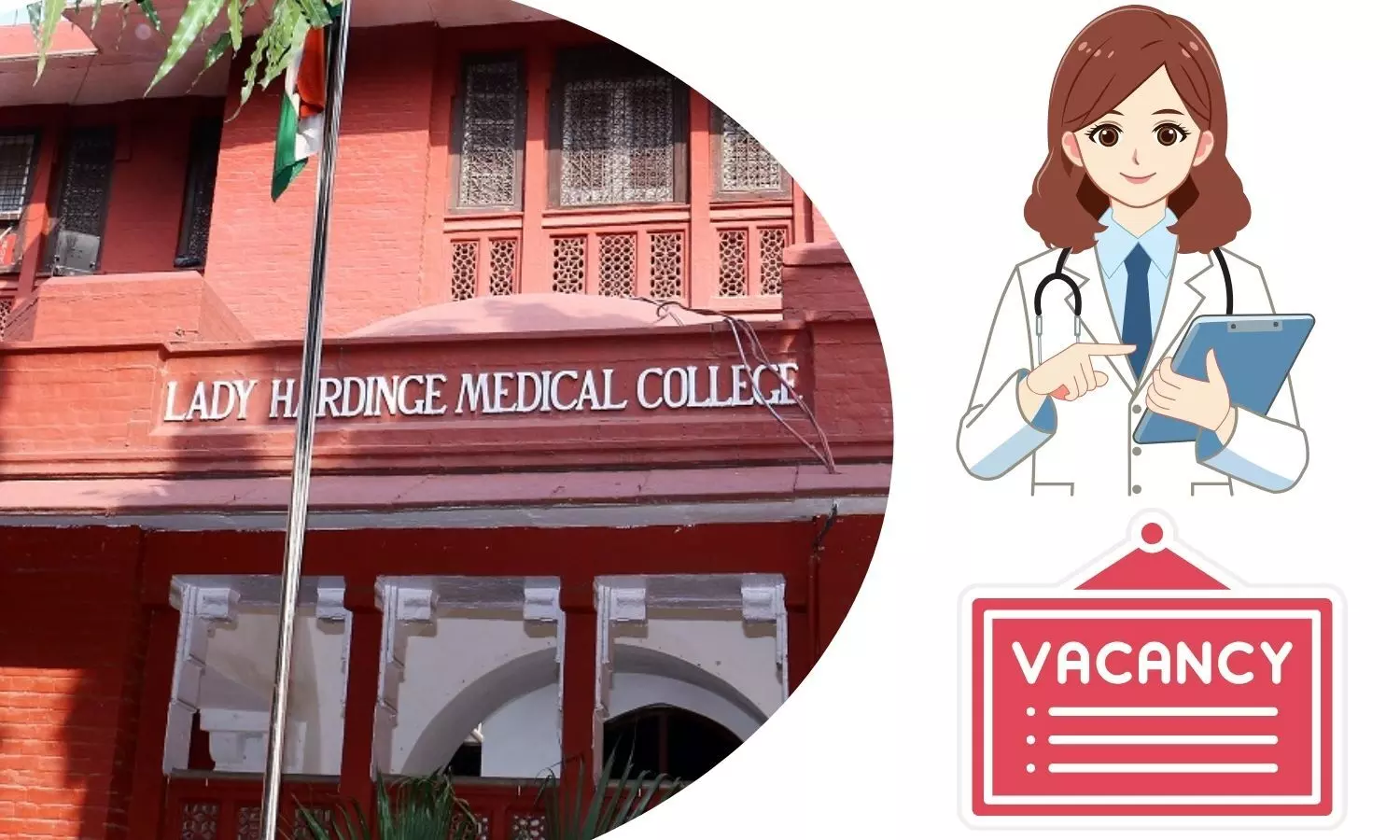Copyright thespinoff

Microbiologist Siouxsie Wiles has launched a fundraising campaign to cover some of the legal fees accrued in taking a case against her employer, the University of Auckland. She explains why. It’s been almost two and a half years since I last wrote a piece for The Spinoff (about a deadly fungus, if you are curious…) Today, I’m not here to tell you about some nasty new microbe, but to ask for your help; I’m doing a crowdfunding campaign to try to recover some of the more than $400,000 I am out of pocket after winning my legal battle with my employer. A couple of years before the pandemic started, the University of Auckland established the Gender-based Harassment Working Group, after several academic women on staff received threatening emails and phone calls. That resulted in new policies and the establishment of the Staff Risk Intervention Team (SRIT) to support staff who are harassed by people outside the university. When I started being harassed and threatened in early 2020, my colleagues and I turned to SRIT for support. We soon realised the university’s policies and SRIT were simply not fit for purpose. We tried for over a year to get HR, SRIT, and senior managers to recognise the issues and fix them, including trying – and failing – to get a meeting with the vice chancellor, Dawn Freshwater. We also filed personal grievances, but those were rejected. With the harassment and threats getting worse, as a last resort, we turned to the law. Since then, many people have asked, “but what could the university do? They can’t stop people from making threats on social media.” They can’t. But there are loads of things organisations can do to support staff who are being harassed and threatened. And many do. Personalised risk assessments. Training. Beefing up home and work security. Monitoring for threats so the targeted person or their family and friends don’t have to. What I wanted was for HR, senior managers and everyone on SRIT to be educated about harassment/threats in the age of social media, misinformation and disinformation. This wasn’t just about them supporting me. It was about their knowledge and capability to support all staff who might find themselves threatened. Shaun Hendy and I started by filing with the Employment Relations Authority (ERA) in September 2021, outlining our case and requesting specialist mediation. If that failed, we asked for our case to bypass the ERA and move straight to the Employment Court. The university refused the specialist mediation, and the mediation failed. In late December 2021, the ERA ruled we could file with the Employment Court and gave us four weeks to do that. We were also awarded $4,500 in costs. We didn’t hear anything from the university or their legal representatives, so in late January 2022 began the process of filing with the Employment Court. By this stage, Shaun and I had spent close to $60,000 between us. We didn’t want to take legal action; we just wanted the university to fix its policies. So in March 2022, we asked for mediation again, this time without lawyers. Shaun settled and left the university. I didn’t. Now my husband and I would be bearing the costs of the case on our own. A one-week hearing was set for September 2022, then adjourned. The judge ordered us to spend the week in mediation. That failed, and in early November 2023, our three-week hearing began. In mid-2024, Judge Holden upheld my personal grievance and ruled that the university had breached its contractual obligations to protect my health and safety. She awarded me $20,000 in damages. You can read her ruling here or the expert’s response to it here. This ruling wasn’t just important for academics, but for all employees in public-facing/engaging roles. It made it clear that our employers have obligations under the Health and Safety at Work Act to protect our physical and mental health and safety under these circumstances, too. Judge Holden also ruled that the university had breached its obligations to be a good employer by failing to act in good faith. Because I didn’t win every claim, Judge Holden ordered us to negotiate on costs (and disbursements). As the winning party, my lawyers made an offer to the University. This was rejected, and the university threatened to come after me for more than half a million dollars unless I gave up my right to appeal and just accepted the $20,000 in damages I’d been awarded. I didn’t think this was fair, so my husband and I found another $10,000 and went back to the judge to have her decide for us. Earlier this year, Judge Holden rejected the university’s claim that the case was a draw and ordered them to pay me just a little over $205,000. This was more than the offer my lawyers made to them. You can read her ruling here. The University of Auckland spent nearly two million dollars fighting my case. Legal action is expensive. At the very beginning, my lawyers – the awesome Catherine Stewart and her fantastic team – made it clear that, even if I won, I was likely to end up out of pocket. They estimated it could be somewhere between $50,000 and $200,000. That was when we thought it would only be a one-week hearing. So why would I be out of pocket even if I won? First, because the amounts awarded in damages by New Zealand courts are small compared to many other countries. And second, because awarded costs don’t cover the true costs. They just cover the days spent in court and a set number of preparation days, calculated by the case’s complexity. My case was complex and lengthy. Between the ERA and the Employment Court, my husband and I have spent over $632,000 on lawyers’ fees, admin costs and interest on loans. So with the $225,000 I was awarded in costs and damages, we are out of pocket more than $400,000. It would have been even more if Catherine hadn’t discounted her fees. We used up all our savings, accepted contributions from family and friends, and took out some large bank loans. Of our total spend, over $40,000 is the interest on those loans. And that will continue to grow until we’ve paid back the last one. I persisted because I believe that an organisation’s policies and processes should be fit for purpose. Especially when they are intended to support and protect staff who are being harassed and threatened. This I feel I have almost achieved. Finally, after five years of requesting it, the university has contracted a security expert to conduct a personalised risk assessment for me. My understanding is that, as part of that assessment, they will review the relevant university policies and SRIT and make any necessary recommendations for improvement. I really want to draw a line under this awful episode of my life and get back to doing what I love: research and science communication. But every two weeks, another loan repayment leaves our bank account, and more interest accrues, and it makes me mad and sad all over again. Hence, the crowdfunding campaign… iIt’s an all-or-nothing campaign, so we’ve set the target at $10,000 to get us started. Ideally, I’d love to raise $75,000 to pay off the remaining loans. So if you appreciated my efforts during the pandemic, please support my campaign, either through a pledge or sharing the page. I know times are really hard for lots of people right now, so if you can’t afford to make a pledge, I totally understand. Finally, I want to say a big thanks to everyone who has ever stopped me on the street to say thanks or sent me a lovely email or message. Your support has meant the world to me and kept me going through this difficult time. Siouxsie Wiles’ Pledgeme campaign can be found here, and is open to pledges until November 30.



